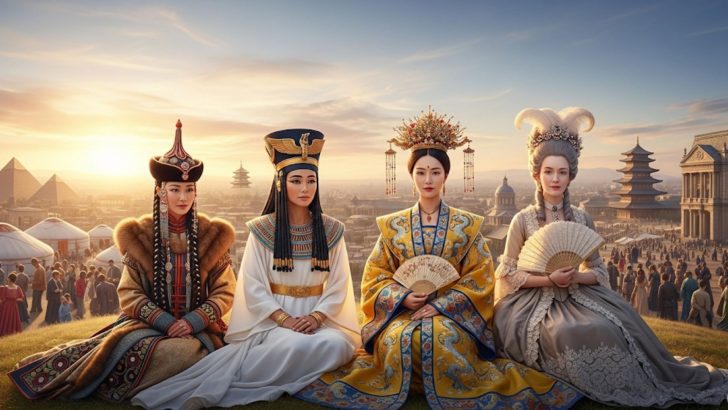History tends to spotlight kings and emperors, but behind many of those thrones stood powerful royal women pulling the strings.
Whether through quiet diplomacy, calculated marriages, or fearless defiance, these women shaped empires and influenced decisions that changed the world.
They may not always have worn the crown, but their fingerprints are all over history’s most pivotal moments. Here are 10 royal women who ruled from the shadows, proving you don’t need a title to wield real power.
1. Empress Theodora – The Actress Turned Powerhouse
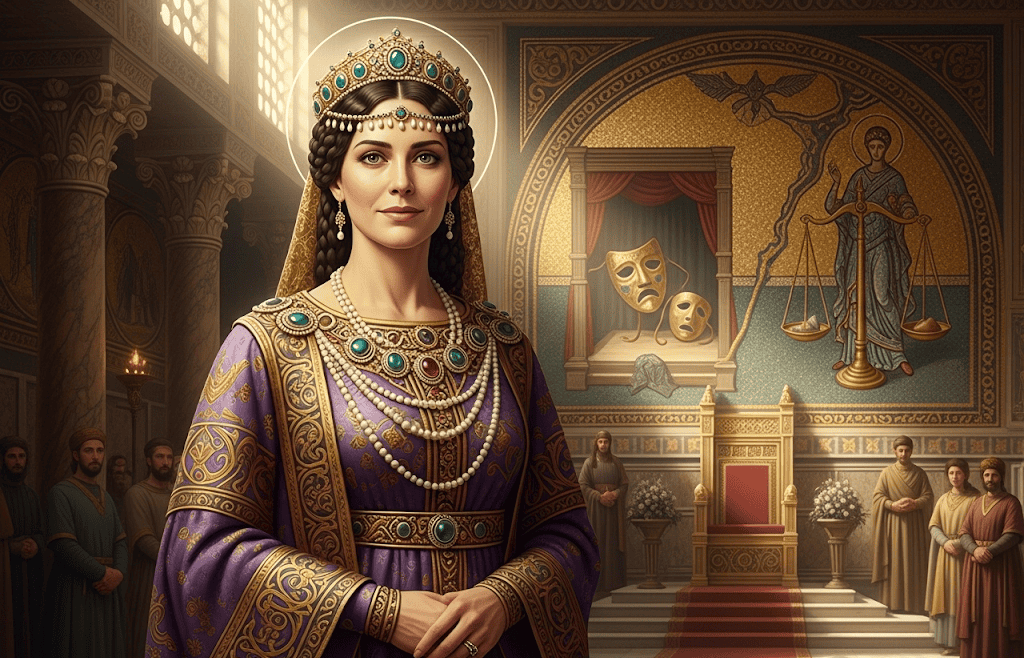
Before she became the Byzantine Empress, Theodora was an actress—a profession not held in high esteem. But she rose from humble beginnings to marry Emperor Justinian I and soon became his closest advisor.
She wasn’t just a pretty face at court. Theodora had grit, intellect, and political savvy. She played a vital role in suppressing the Nika Riots, even convincing Justinian not to flee when the empire was on the verge of collapse.
Her influence led to progressive laws for women, including protections against forced prostitution and greater rights in divorce.
Though Justinian held the throne, many decisions had Theodora’s fingerprints all over them. Her story reminds us that power doesn’t always come from a crown.
2. Queen Mother Wu Zetian (Before Becoming Empress)
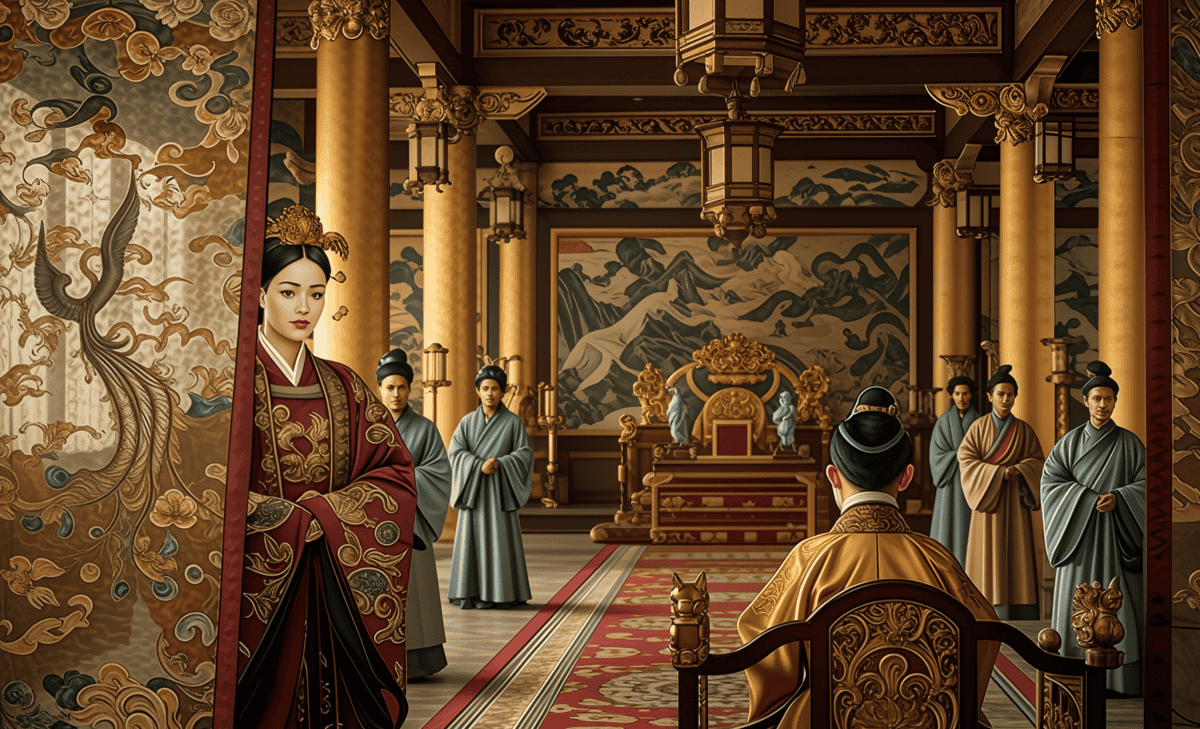
Before she officially became China’s only female emperor, Wu Zetian was already ruling from behind the curtain.
As a concubine turned queen mother during the Tang dynasty, she cleverly built a network of allies, manipulated court politics, and slowly removed rivals.
Technically, she was supposed to be a “regent,” guiding the young emperor, but in truth, she was the one making the decisions.
She used her position to place loyalists in high offices and gained support from scholars and commoners by promoting meritocracy.
By the time she declared herself emperor, she’d already run the show for years. Wu’s early reign was a masterclass in subtle power, patience, and strategy—a reminder that the most influential voices often begin as whispers.
3. Eleanor of Aquitaine – Queen Twice, Ruler Always
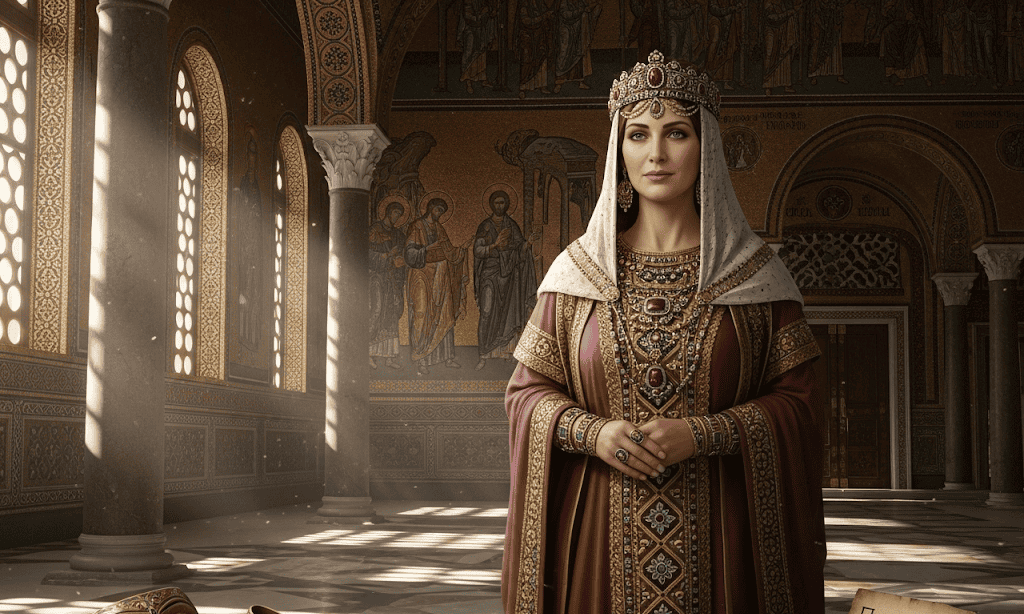
Eleanor of Aquitaine was one of the most powerful women of the Middle Ages. As queen of both France and England at different points, she was at the heart of European politics for decades.
But her influence wasn’t just about who she married; it was about how she led. During her time as queen consort, Eleanor managed vast lands, raised armies, and even went on a crusade.
When her marriage to King Louis VII ended, she shocked everyone by marrying Henry II of England, securing even more power.
Later, when her sons rebelled against their father, Eleanor supported them and even ruled in her son Richard the Lionheart’s name while he was off fighting in the Crusades.
She wasn’t always in the spotlight, but she pulled many of the strings. Eleanor reminds us that royal women didn’t have to sit quietly—they could command kingdoms.
4. Nefertari – The Diplomatic Powerhouse of Egypt

Nefertari, the beloved queen of Pharaoh Ramses II, may not have worn the double crown of pharaoh, but she was certainly a force behind the scenes.
Often called “The One for Whom the Sun Shines,” she wasn’t just admired for her beauty—she was revered for her intellect and diplomacy.
Nefertari wrote diplomatic letters to queens in foreign courts, helping to secure peace and strengthen Egypt’s alliances.
Her tomb, one of the most elaborate in the Valley of the Queens, speaks volumes about her importance. In a time when queens were often background figures, Nefertari stood as a symbol of both wisdom and political acumen.
While Ramses built statues of himself across Egypt, he also honored Nefertari as an equal. That says something about her quiet power and the role she played in shaping the New Kingdom.
5. Catherine de’ Medici – The Shadow Queen of France
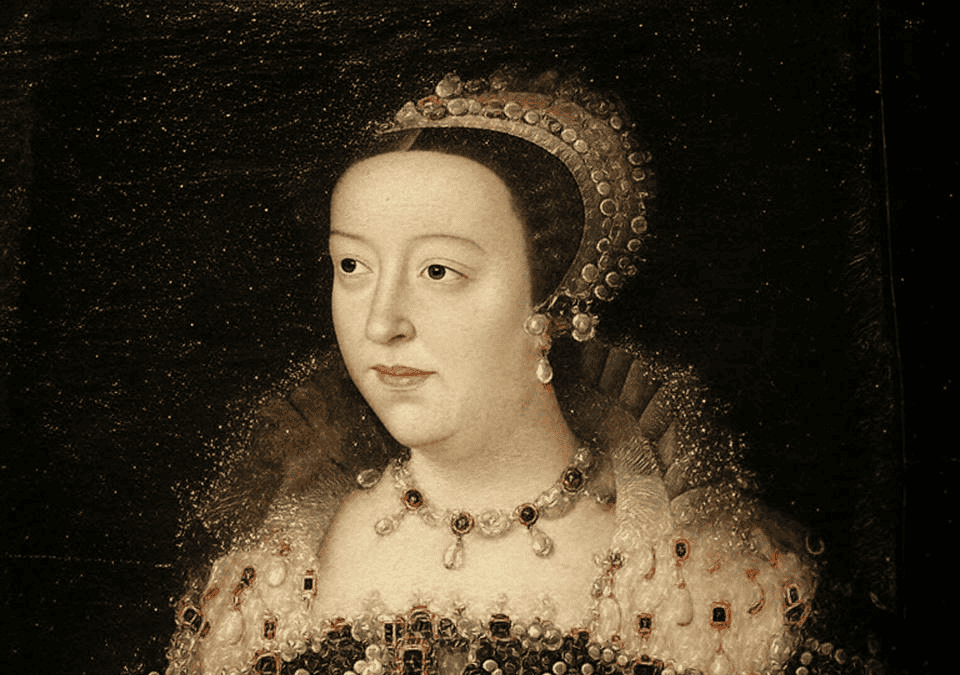
Catherine de’ Medici didn’t start with power, but she made sure she ended with it. As queen consort to King Henry II of France, she had limited influence, but after his death, she ruled as regent for her sons.
And that’s when the real Catherine emerged. She navigated the religious wars between Catholics and Protestants, made and broke alliances, and orchestrated marriages to strengthen her family’s hold on the throne.
Critics painted her as a schemer, especially after the St. Bartholomew’s Day Massacre, but her real story is far more complex.
She was a woman trying to hold a fragmented kingdom together, using every tool available, including behind-the-scenes manipulation.
Her ability to survive and rule in a world dominated by men proves she wasn’t just a queen, she was a strategist.
6. Empress Dowager Cixi – China’s Iron Lady
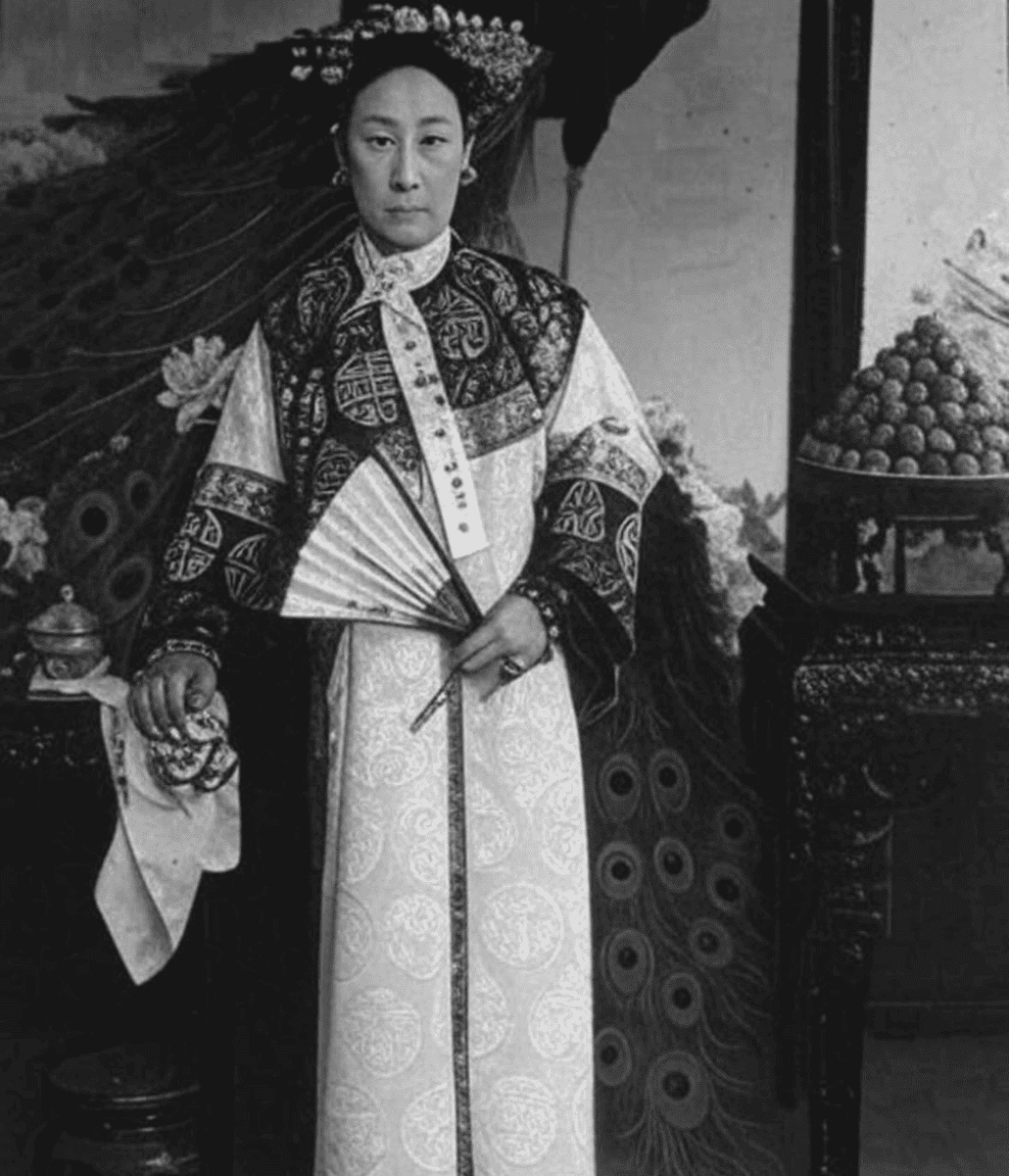
When Emperor Xianfeng of China died, his five-year-old son ascended the throne. But the real ruler was his mother, Empress Dowager Cixi.
She wasn’t born into royalty, but she became one of China’s longest-reigning powers, ruling from behind a curtain (literally!) for nearly half a century.
Though officially a regent, she controlled court decisions, military reforms, and diplomatic relations during a period of great turbulence.
While her rule is debated. Some see her as a tyrant, others as a protector of Chinese tradition—one thing is certain: she held the empire together in a time of change.
From palace coups to modernization efforts, Cixi pulled levers from behind the scenes, showing that influence isn’t always visible—but it’s deeply felt.
7. Hatshepsut’s Daughter Neferure – The Apprentice Ruler

Neferure, the daughter of Pharaoh Hatshepsut, was more than a royal child. She was a co-ruler in training.
As Hatshepsut stepped into the role of pharaoh (a bold move for a woman), she raised Neferure alongside her as both priestess and political partner.
Neferure appeared in inscriptions with titles typically reserved for high-ranking men, and it’s believed she carried out religious and diplomatic duties on behalf of the crown.
Though her life was short and her full potential lost to time, she was clearly groomed for power. In a society where royal women were rarely more than consorts, Neferure’s public presence was radical.
She was part of Hatshepsut’s bold vision of female leadership, one that reimagined what women in power could look like, even behind the scenes.
8. Queen Sorghaghtani Beki – The Mongol Matriarch
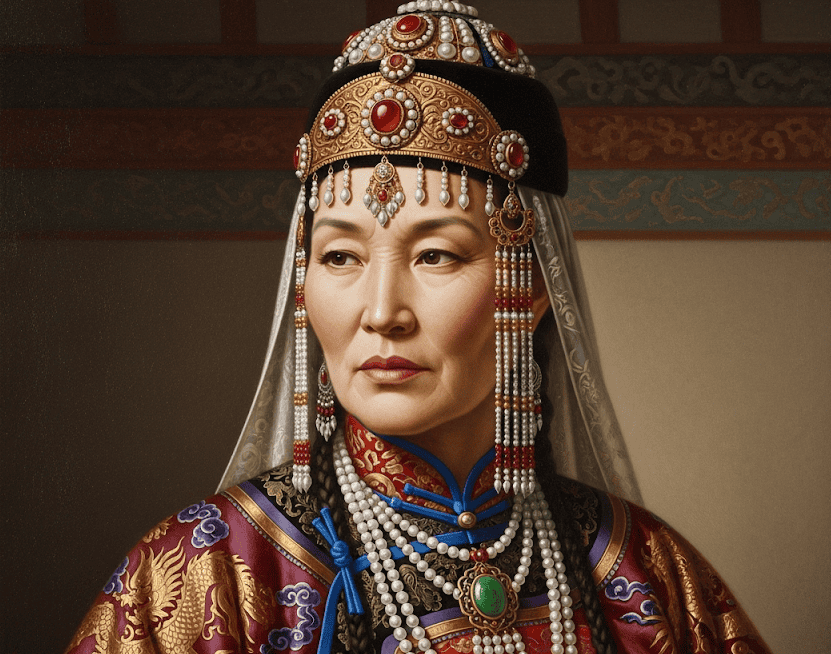
Sorghaghtani Beki might not be a household name, but in the Mongol Empire, she was a queenmaker.
The daughter-in-law of Genghis Khan and wife of his son Tolui, she was instrumental in placing her sons on thrones, including Kublai Khan, founder of China’s Yuan dynasty.
Fluent in politics, economics, and diplomacy, she managed territories and protected Christian communities under her influence.
She never led an army or declared herself ruler, but her strategic brilliance allowed her family to rise. Even Muslim chroniclers, who rarely praised women, described her as “one of the most remarkable women of her time.”
Sorghaghtani shows that quiet, behind-the-scenes guidance can have just as much impact as leading a charge into battle.
9. Isabella of Castile – The Real Power Behind Columbus
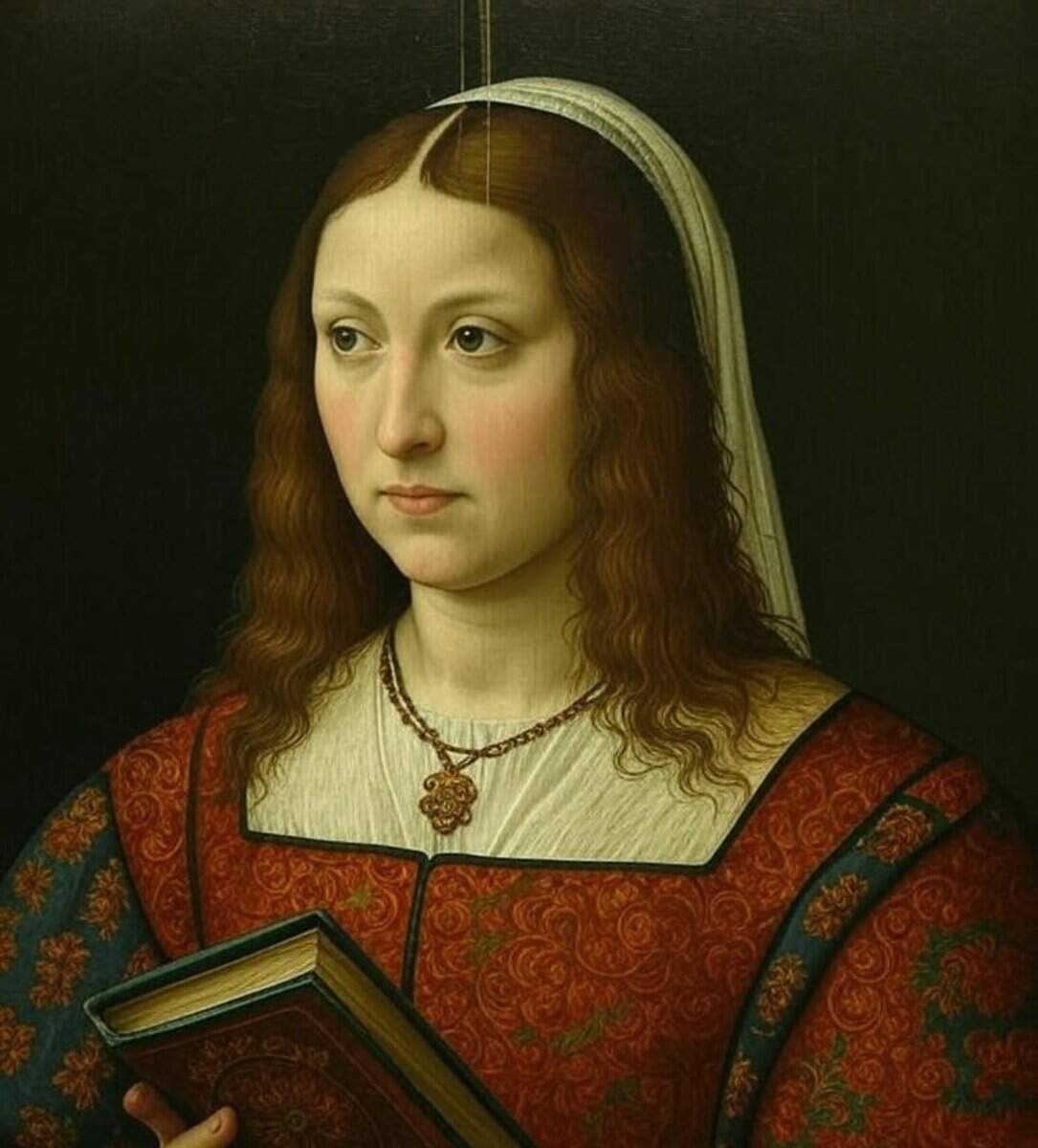
While history remembers Christopher Columbus, it was Queen Isabella of Castile who funded and politically backed his voyages.
But her influence didn’t stop at exploration. She co-ruled Spain with her husband, Ferdinand, but was often the dominant political force.
Isabella reformed the Spanish legal system, strengthened royal authority, and supported education and religious unity, though controversially, this also meant enforcing the Inquisition.
Still, her leadership unified Spain and paved the way for it to become a global empire. She made bold choices from the throne, and she manipulated alliances, negotiated marriages, and refused to be used as a pawn.

I always felt a strong connection to the Divine since my birth. As an author and mentor, my mission is to help others find love, happiness, and inner strength in the darkest of times.

